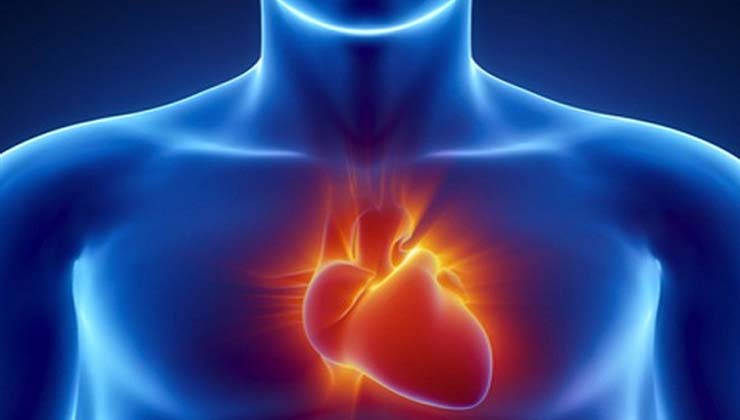Nutrition, Physical Activity & Obesity
Poor nutrition—including over-consumption of high calorie, low nutrition foods and beverages, and foods high in sodium—and low levels of physical activity are leading contributors to some of the most urgent health challenges facing our country today, including obesity, high blood pressure, heart disease, cancer and diabetes. More than one-third (34.9% or 78.6 million) of U.S. adults are obese. [Read abstract Journal of American Medicine (JAMA) ] From 1980 to 2000, obesity rates for adults doubled and rates for children tripled. More than 90% of U.S. adults consume sodium in excess of recommendations by the Dietary Guidelines for Americans.
Fully 81% of U.S. adults do not meet federal guidelines for physical activity and muscle strengthening.CDC has identified nutrition, physical activity, and obesity as Winnable Battles. Progress in these areas is being made by developing policy, systems, and environmental initiatives that help make healthy choices available, affordable, and easy. CDC supports several approaches to improve nutrition and physical activity, including improving the food environments in childcare, schools, hospitals, and workplaces; reducing sodium levels in processed and restaurant foods; eliminating artificial trans fat in the food supply; and increasing opportunities for safe physical activity.
With additional effort and support for evidence-based, cost-effective strategies that we can implement now, we will have a significant impact on our nation’s health. The Nutrition, Physical Activity, and Obesity Winnable Battle materials below provide a snapshot of the context and background for this priority area, as well as descriptions of some of the systems, policy, and programmatic interventions pursued by CDC and our public health partners at the federal, state and local levels.








